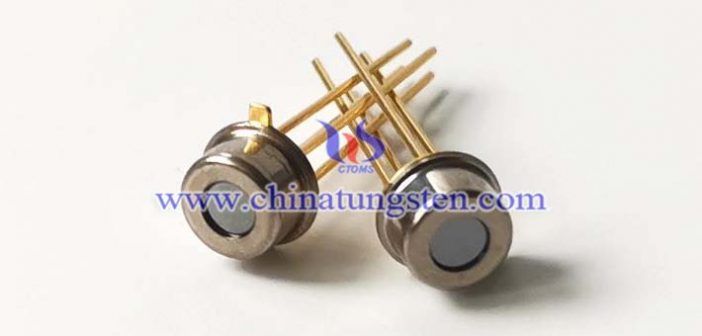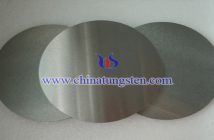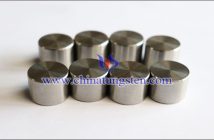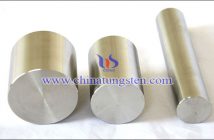Tungsten oxide may be applied in colorant sensor to differentiate edible colorant and toxic pigments. It means that the WO3 based sensor may be used for food safety assessment based on electrochemical detection of hazardous dyes in food.
More details, please visit:
http://tungsten-oxide.com/index.html
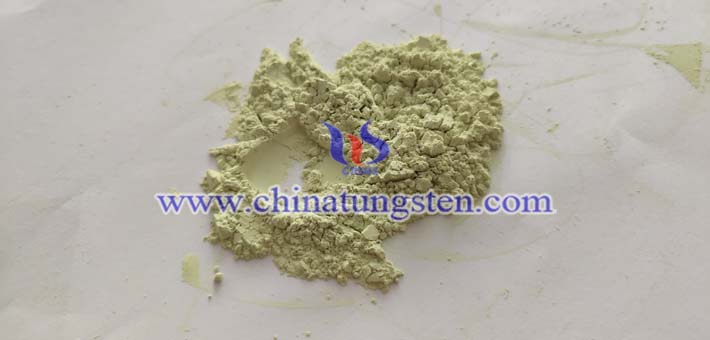
It has been reported that tungsten oxide based micro and nanostructures as well as their 2-D integrated counterparts with appropriate surface modifications such as sensitization, coating of other semiconductors or growth of dingal groups have been examined to enhance supercapacitance and sensing capabilities. With the goal of investigation of these changes, the electrochemical capacitance behavior of newly prepared nano and micro-structured tungsten oxide coated substrates were examined. The utilization of WO3 based sensors to differentiate edible colorant and toxic pigments, was also explored. And the systematic electrochemical analysis and comparative study of selected colorants was done in order to establish a roadmap to detect model organic compounds for better preventive action.

